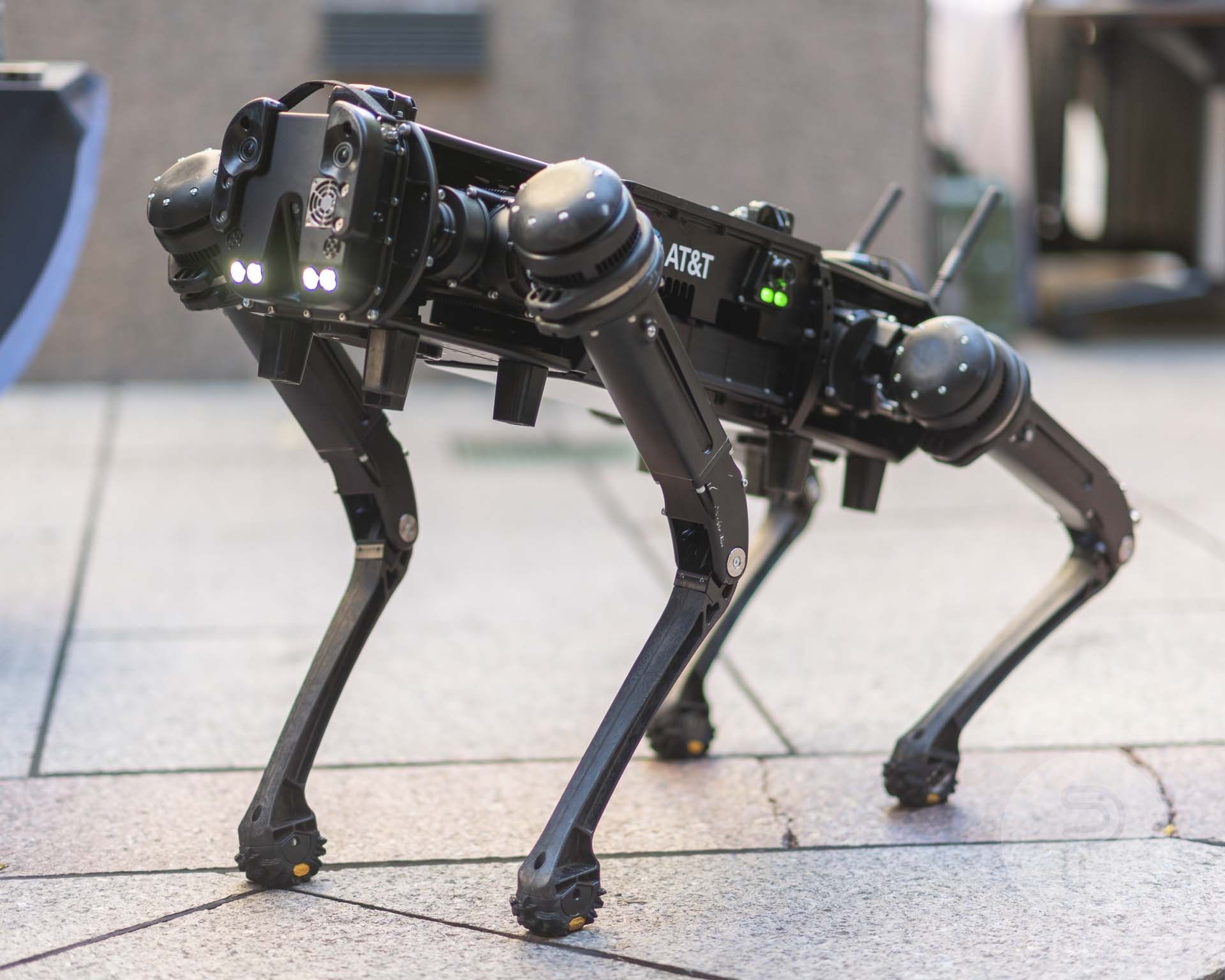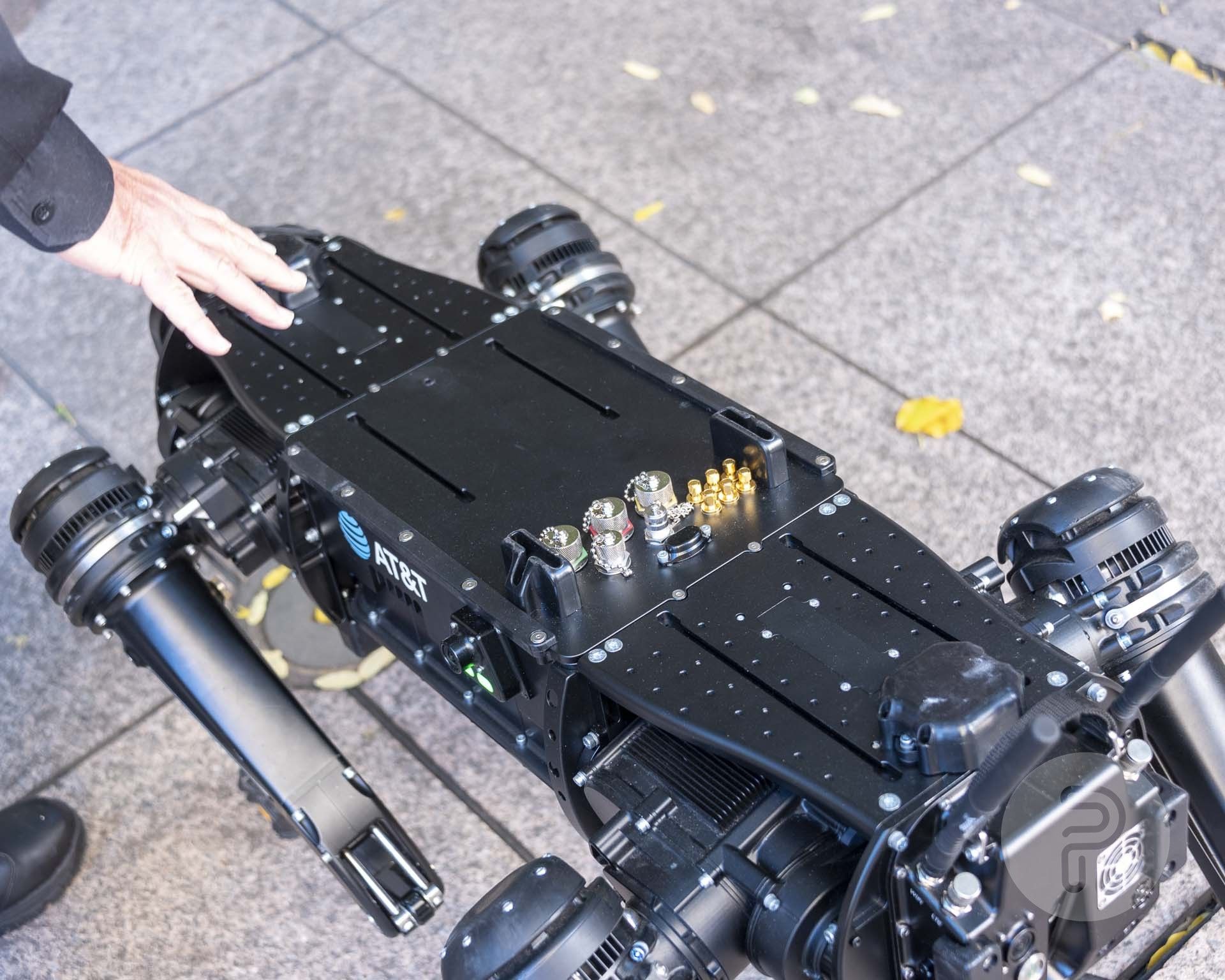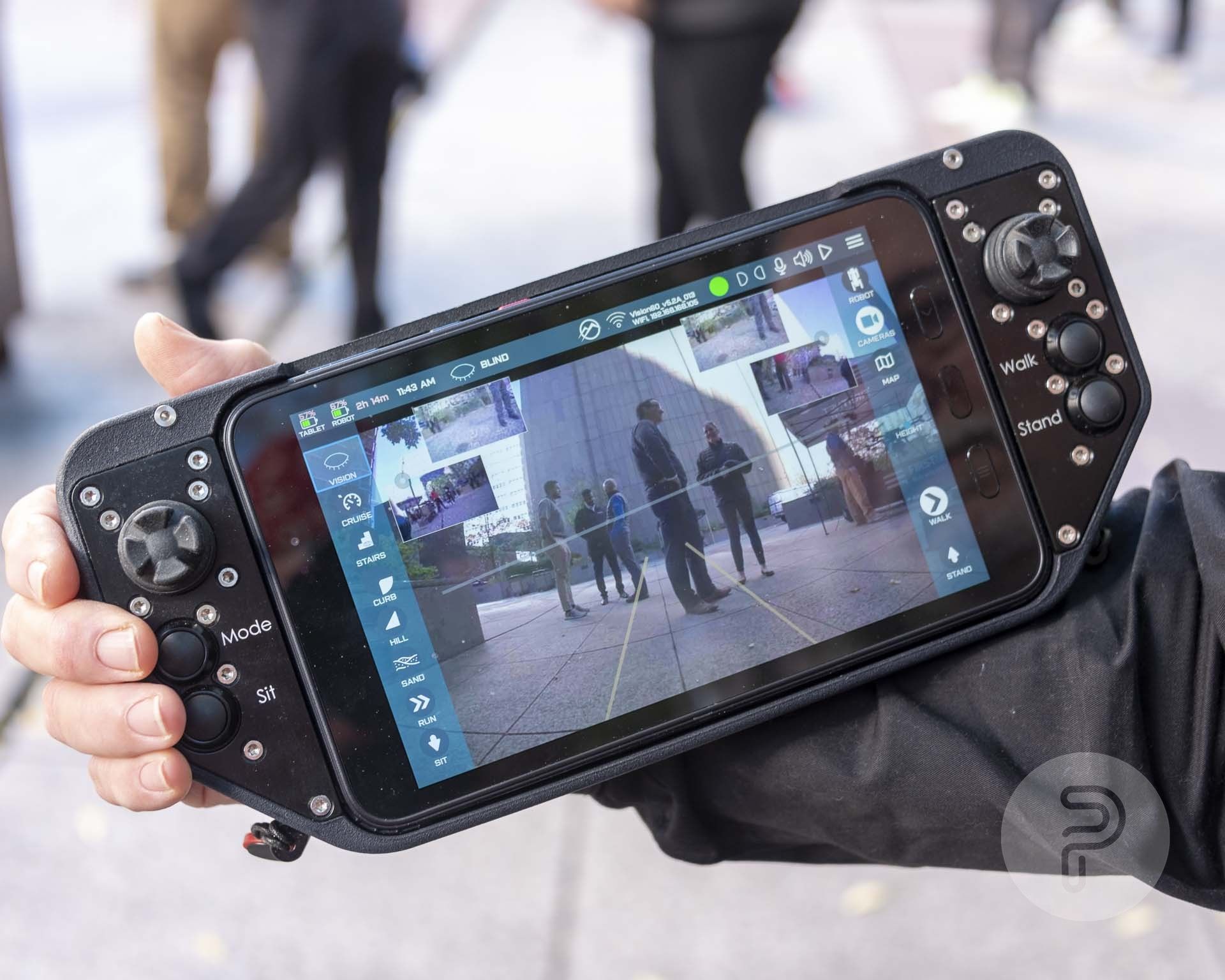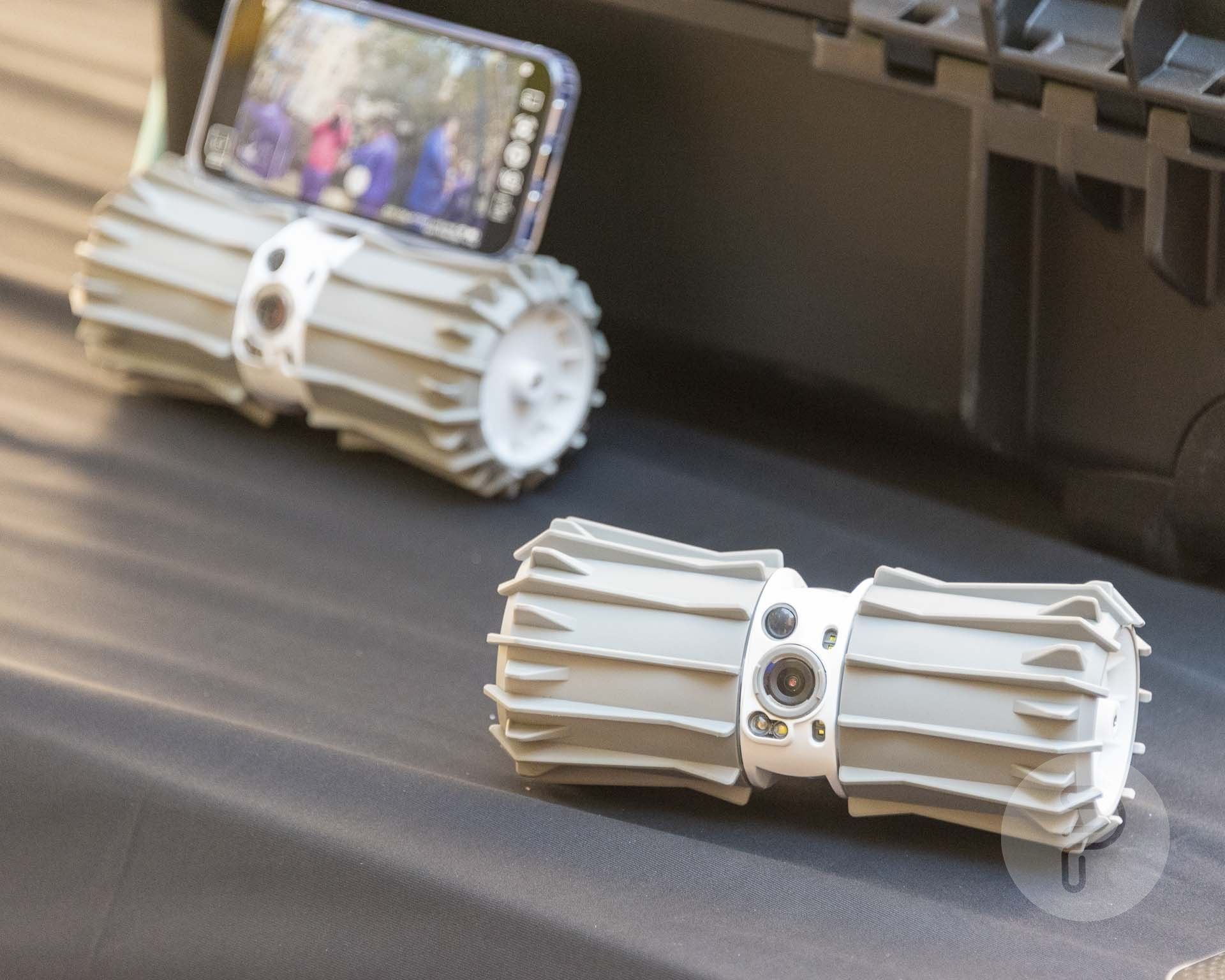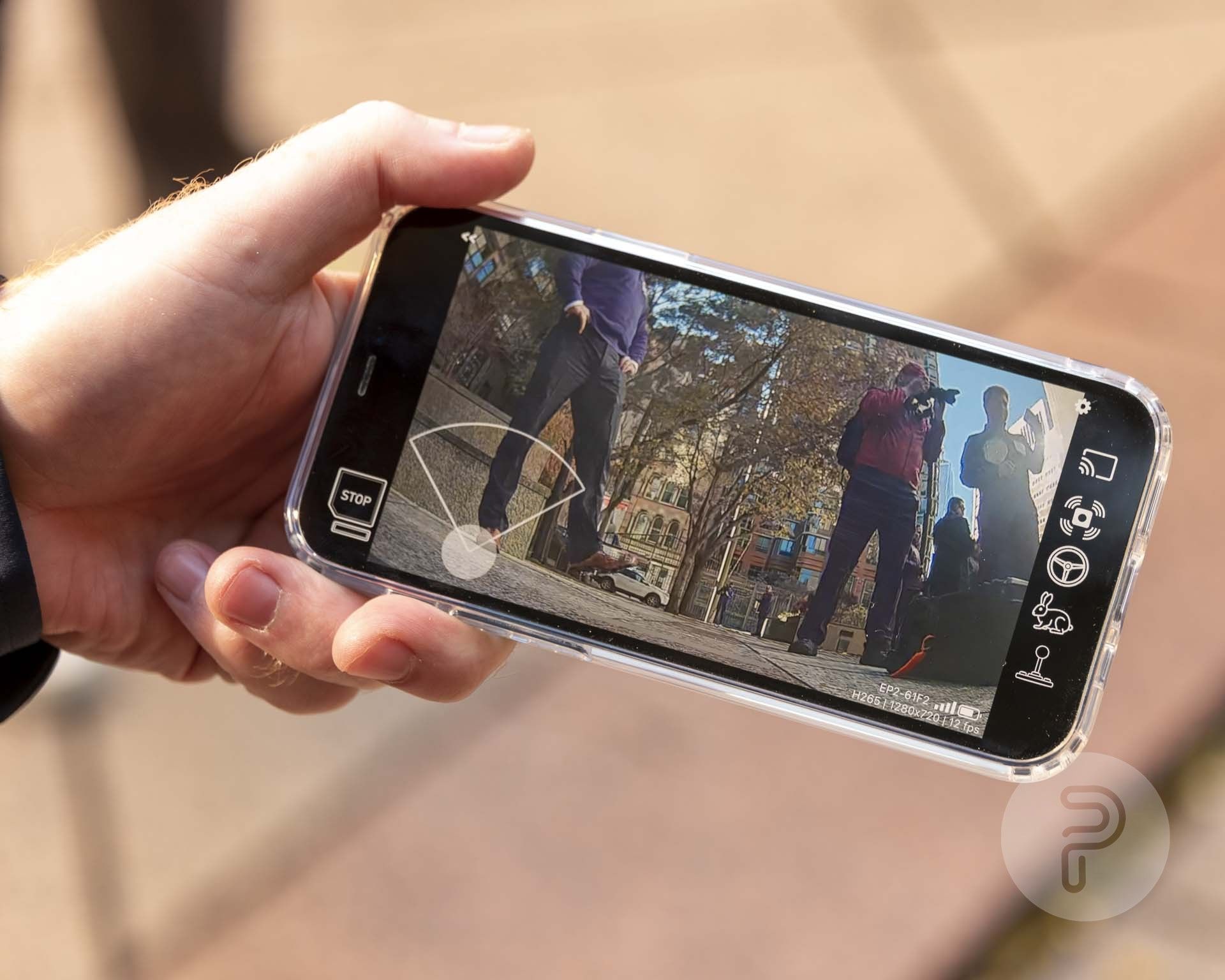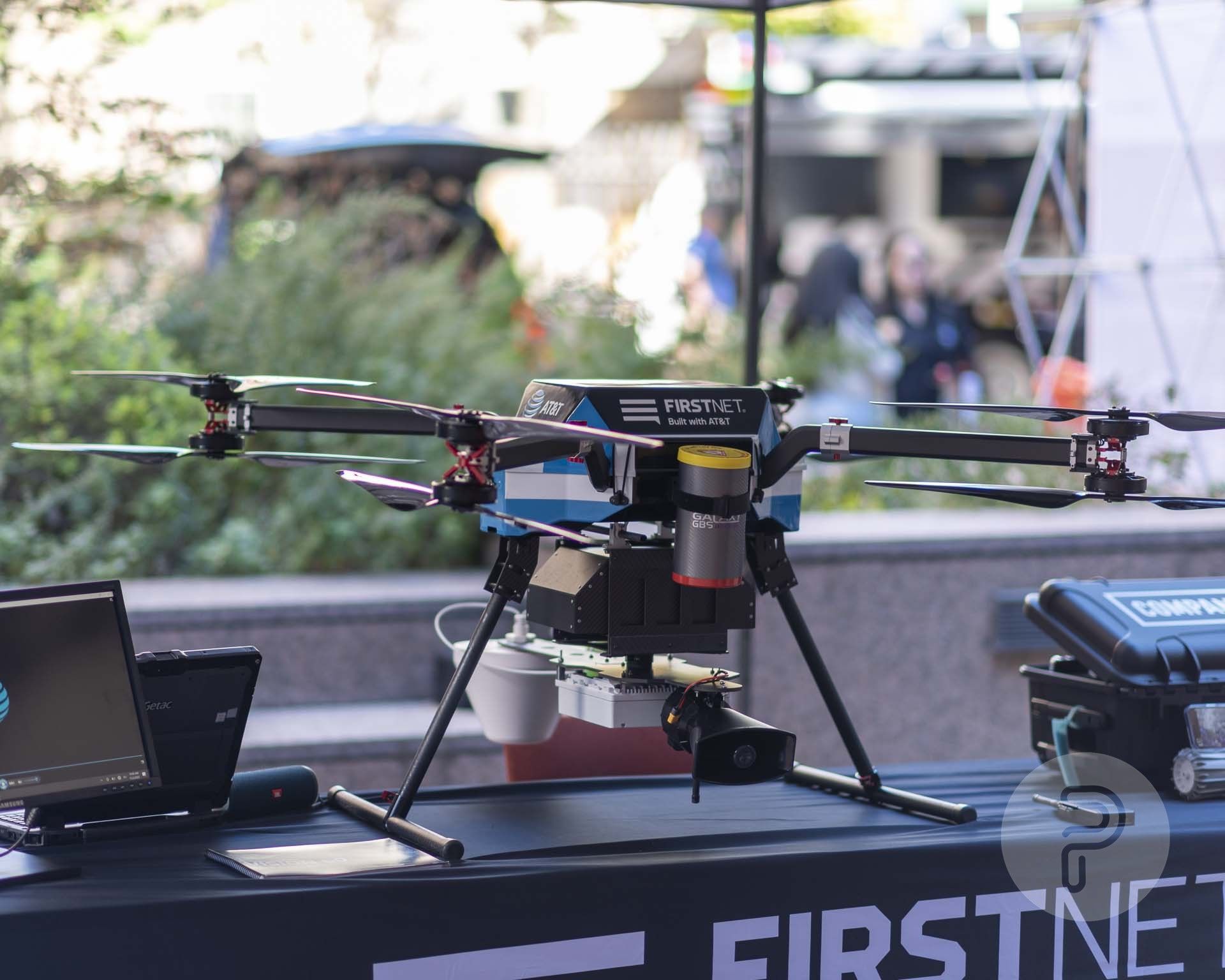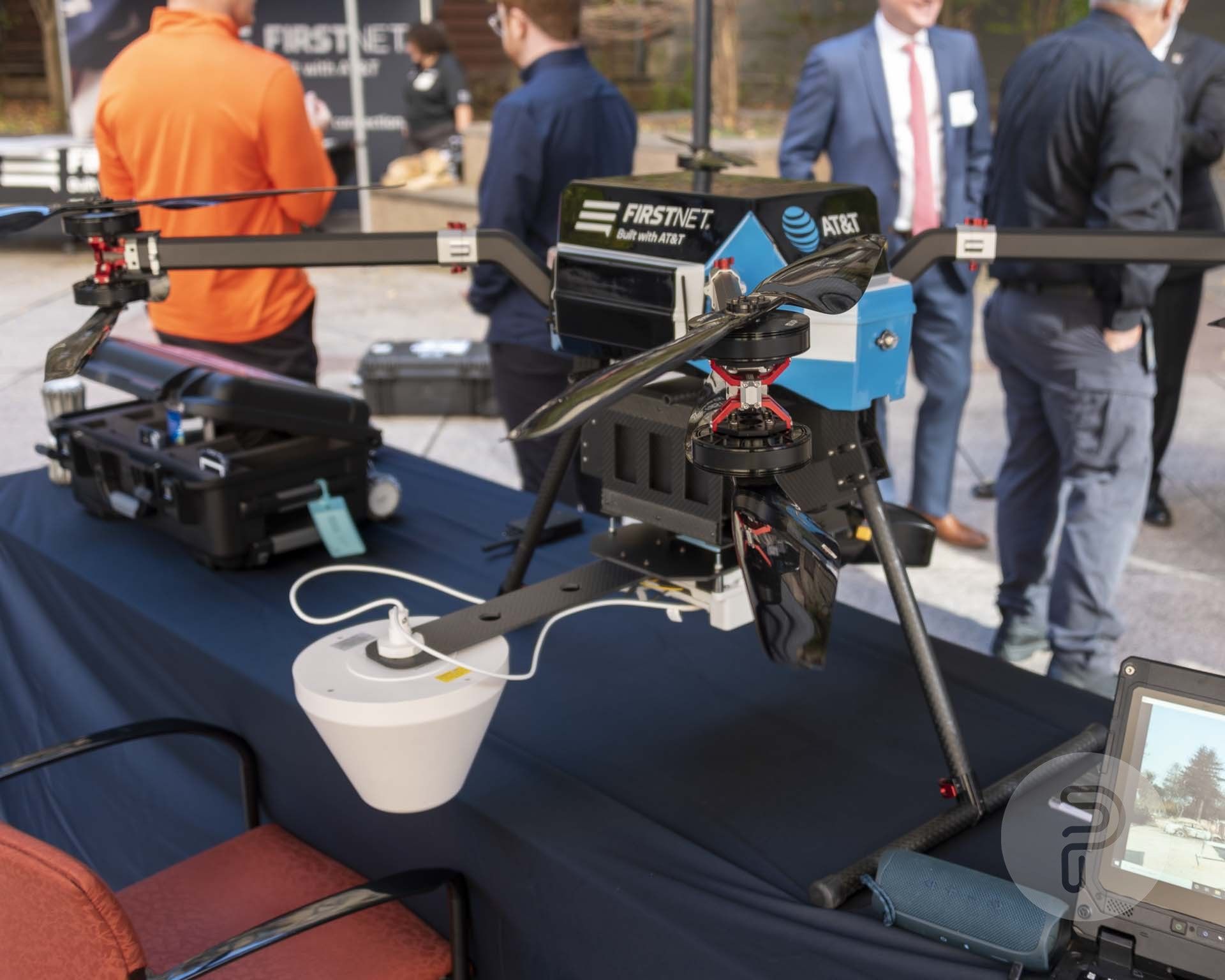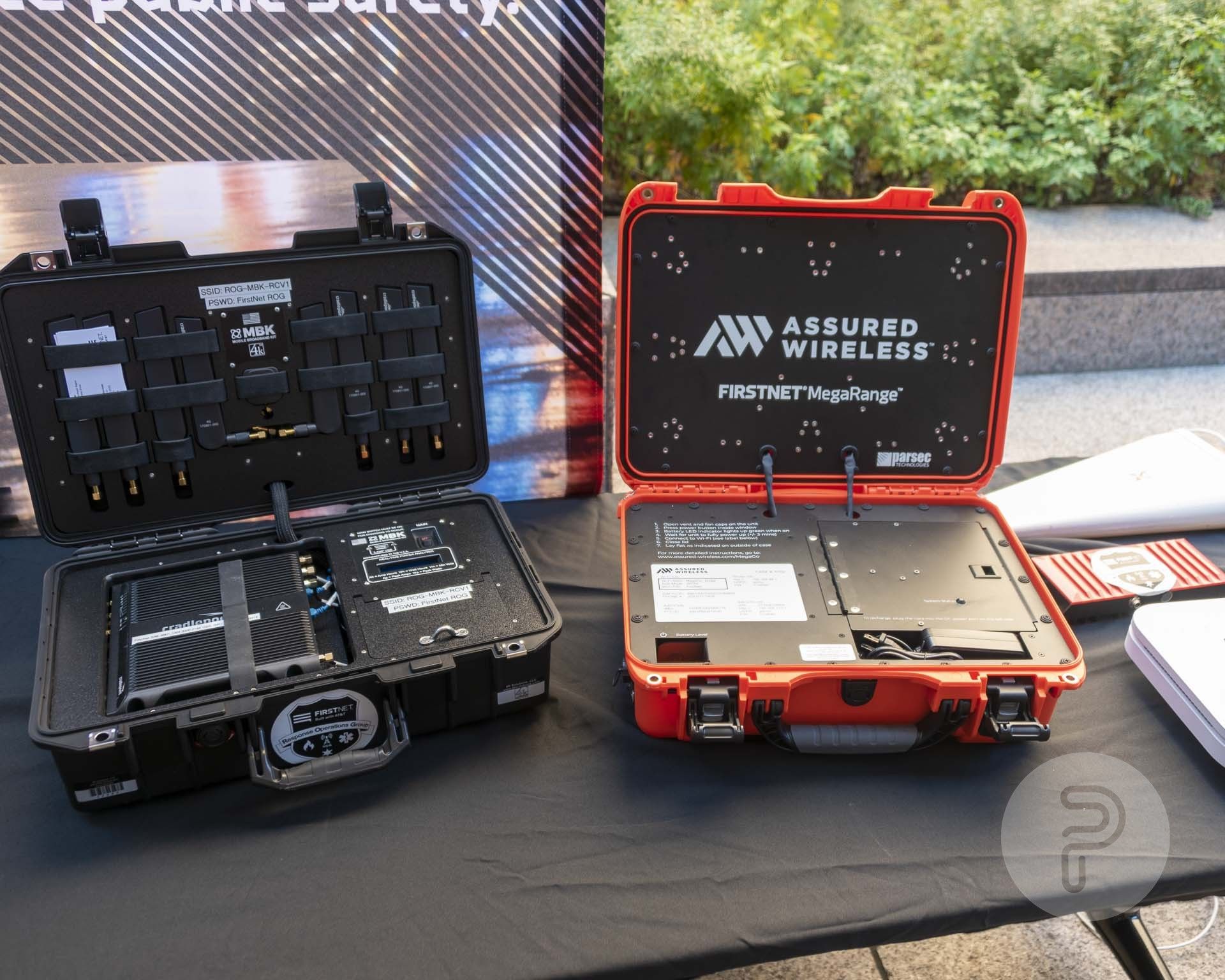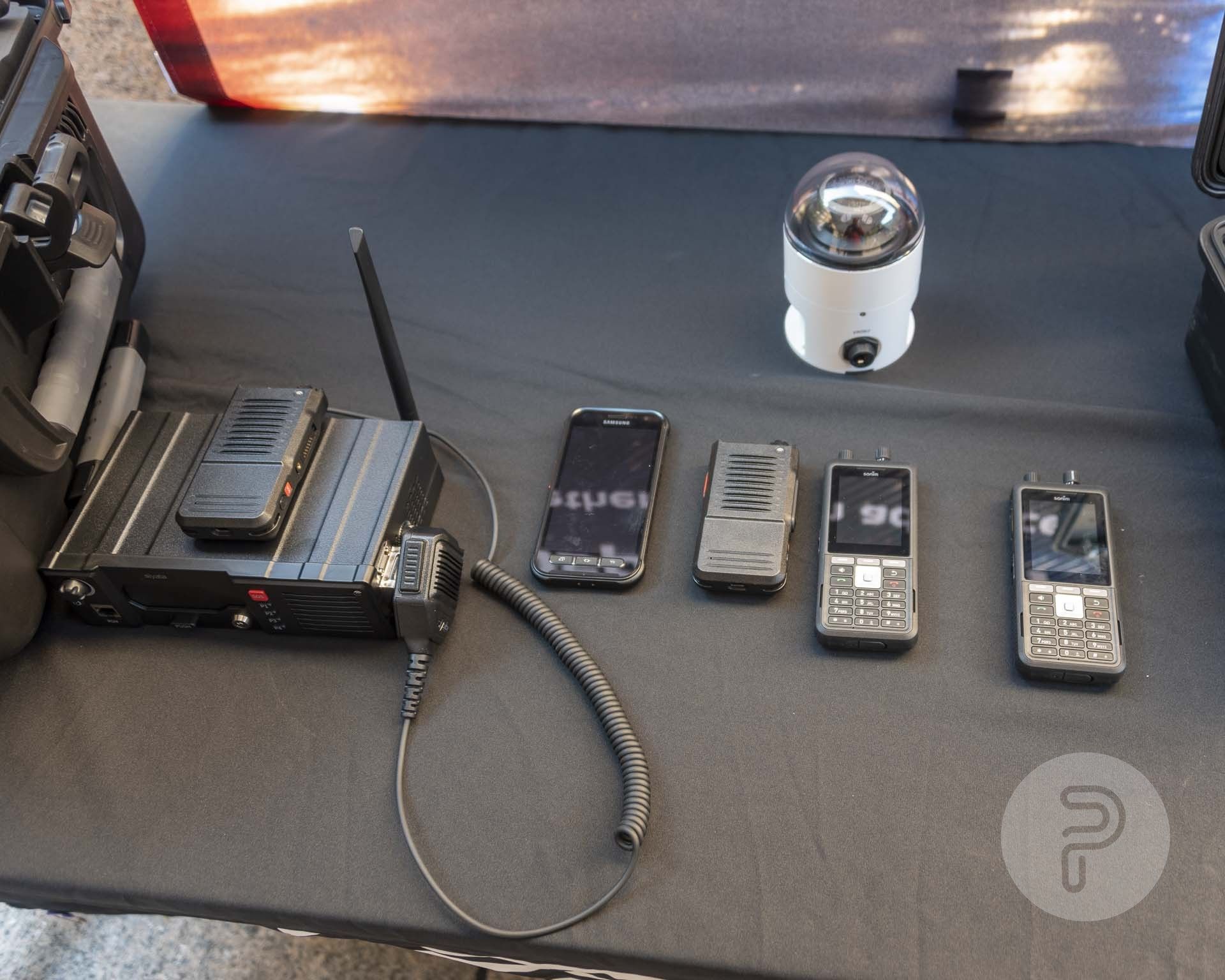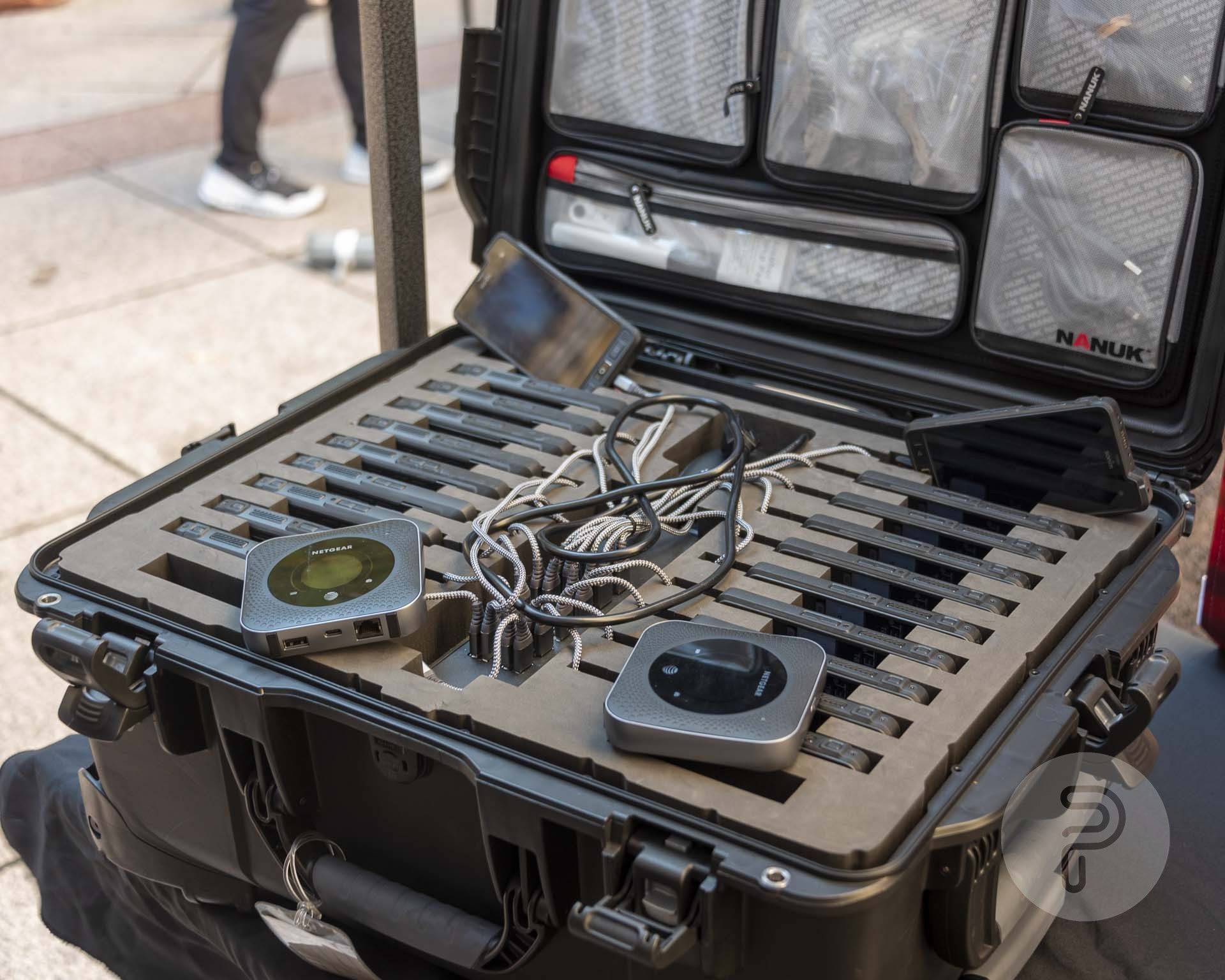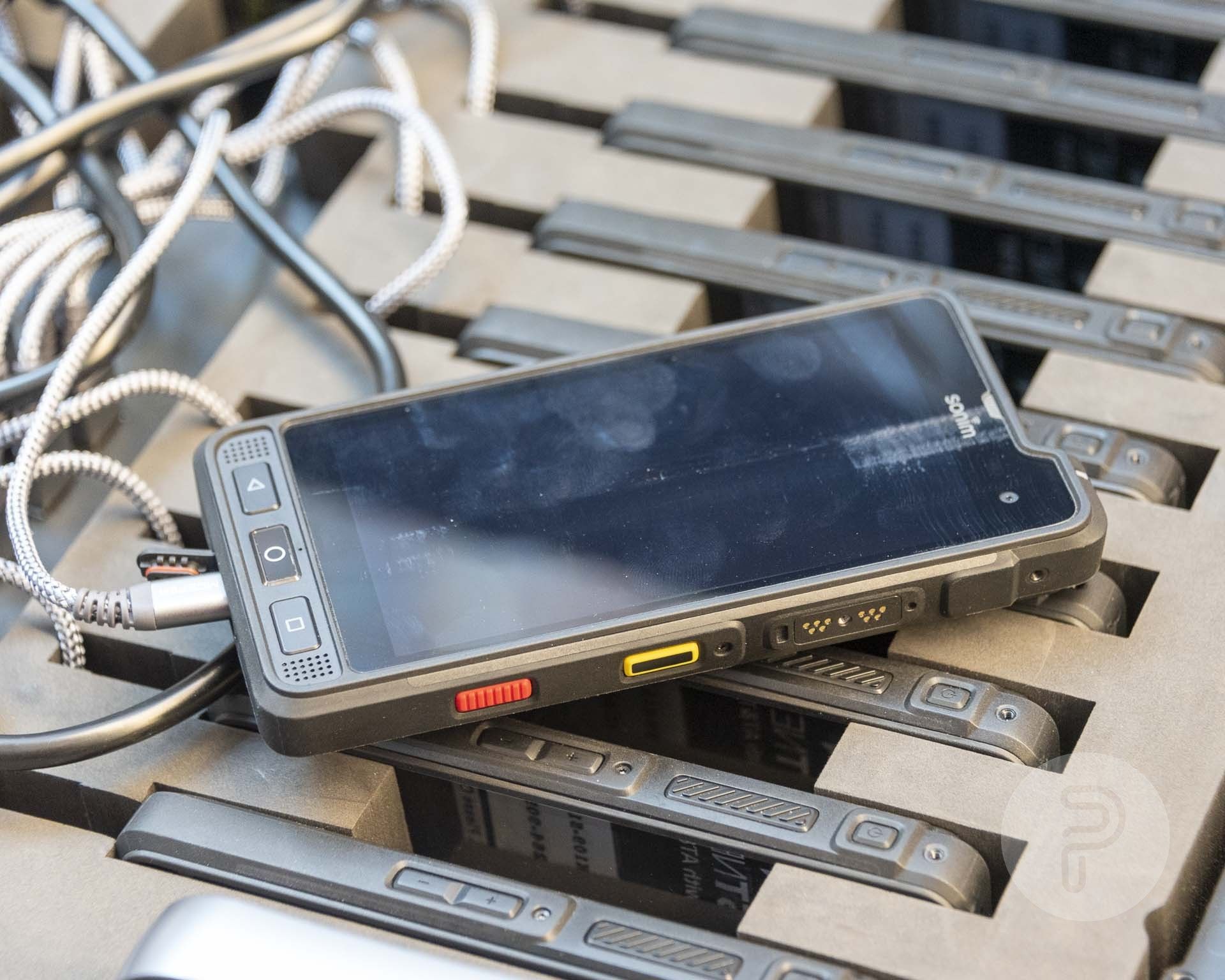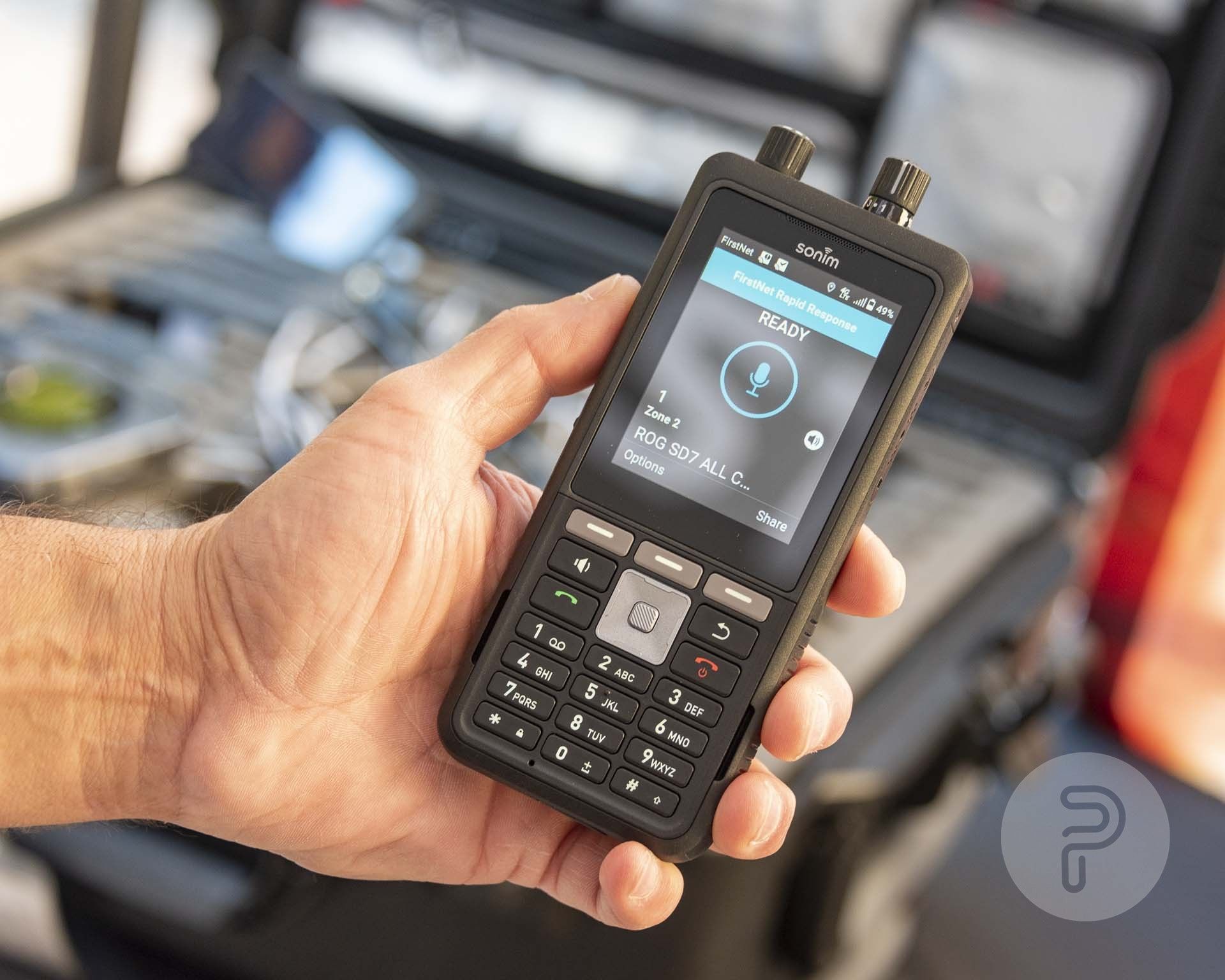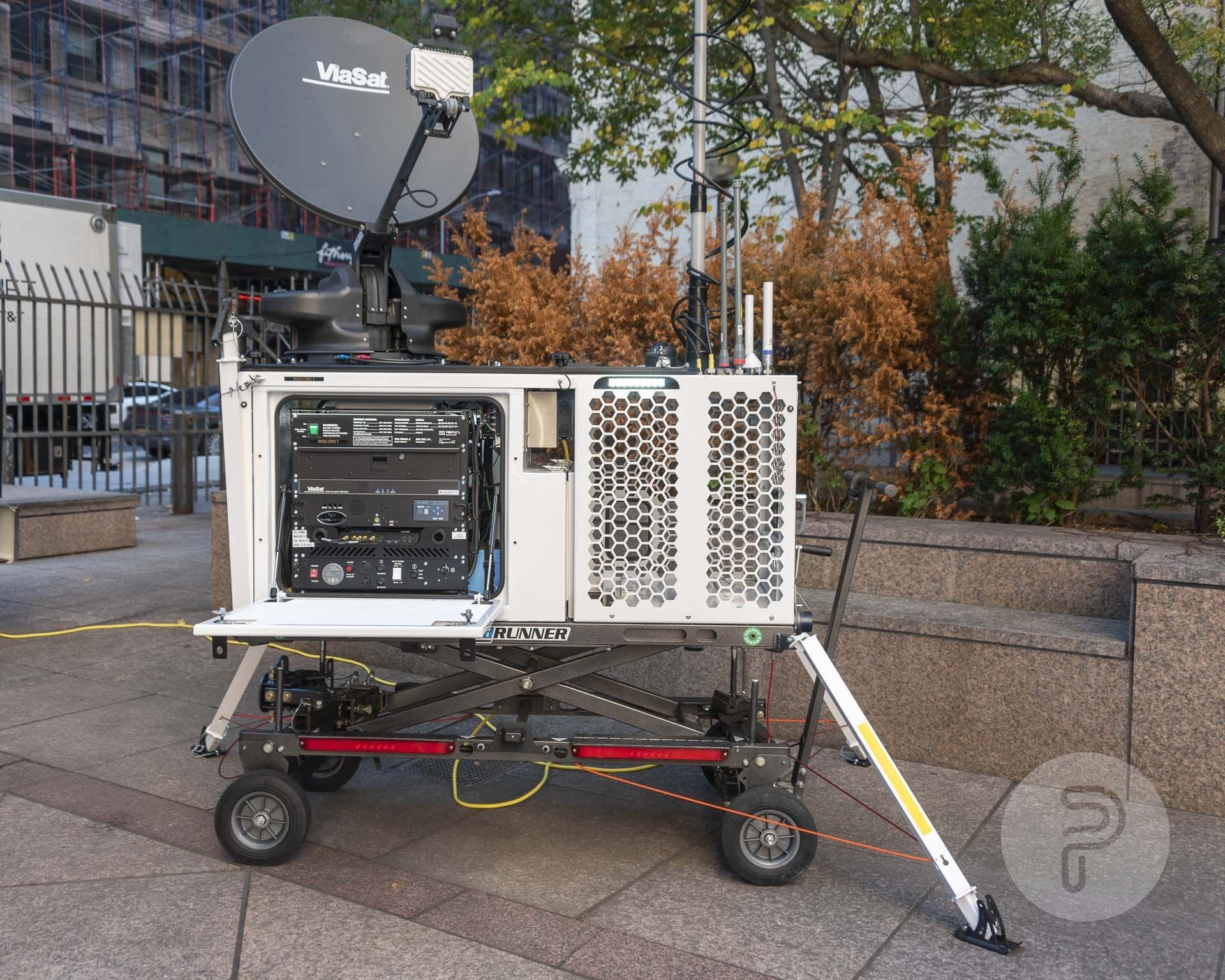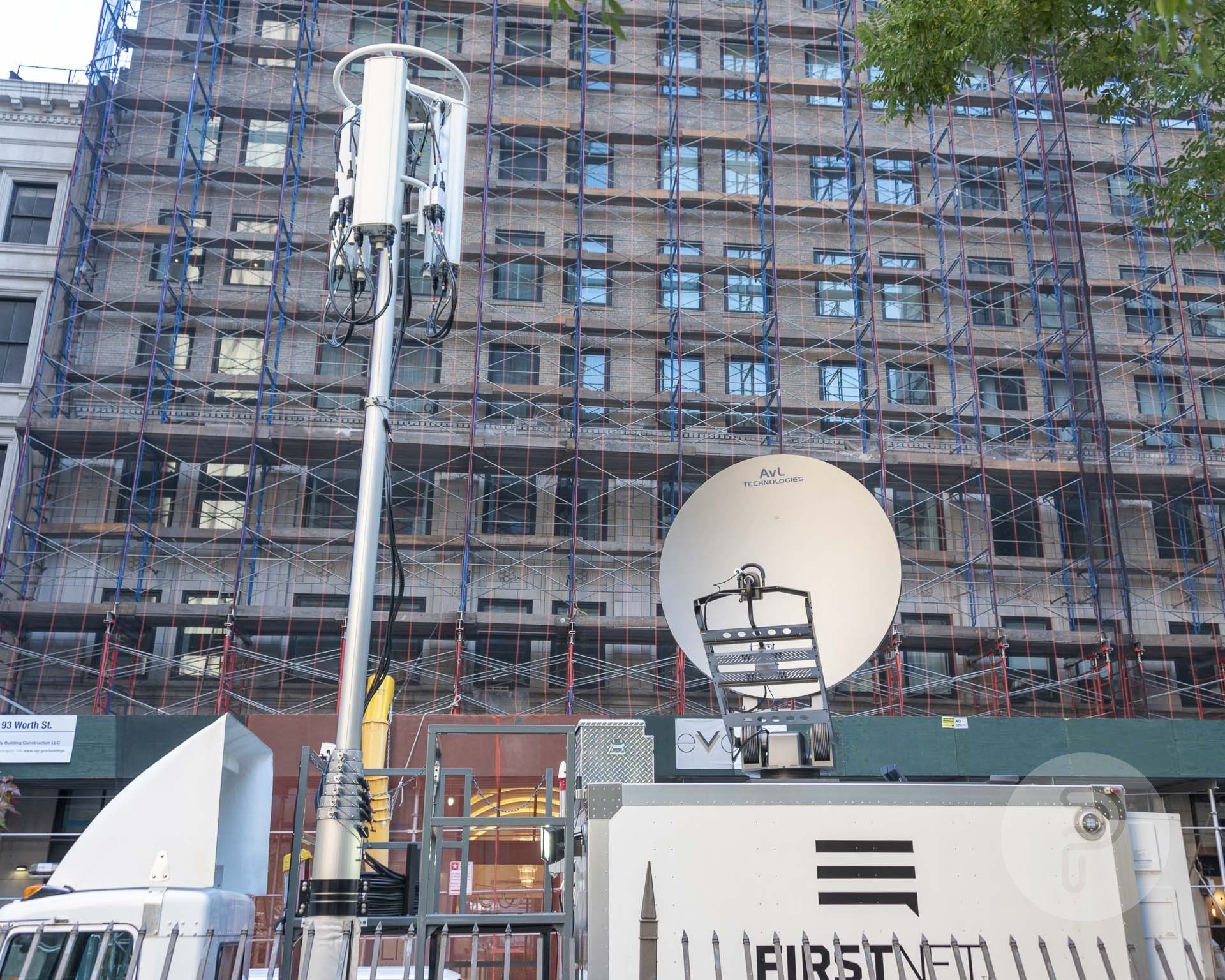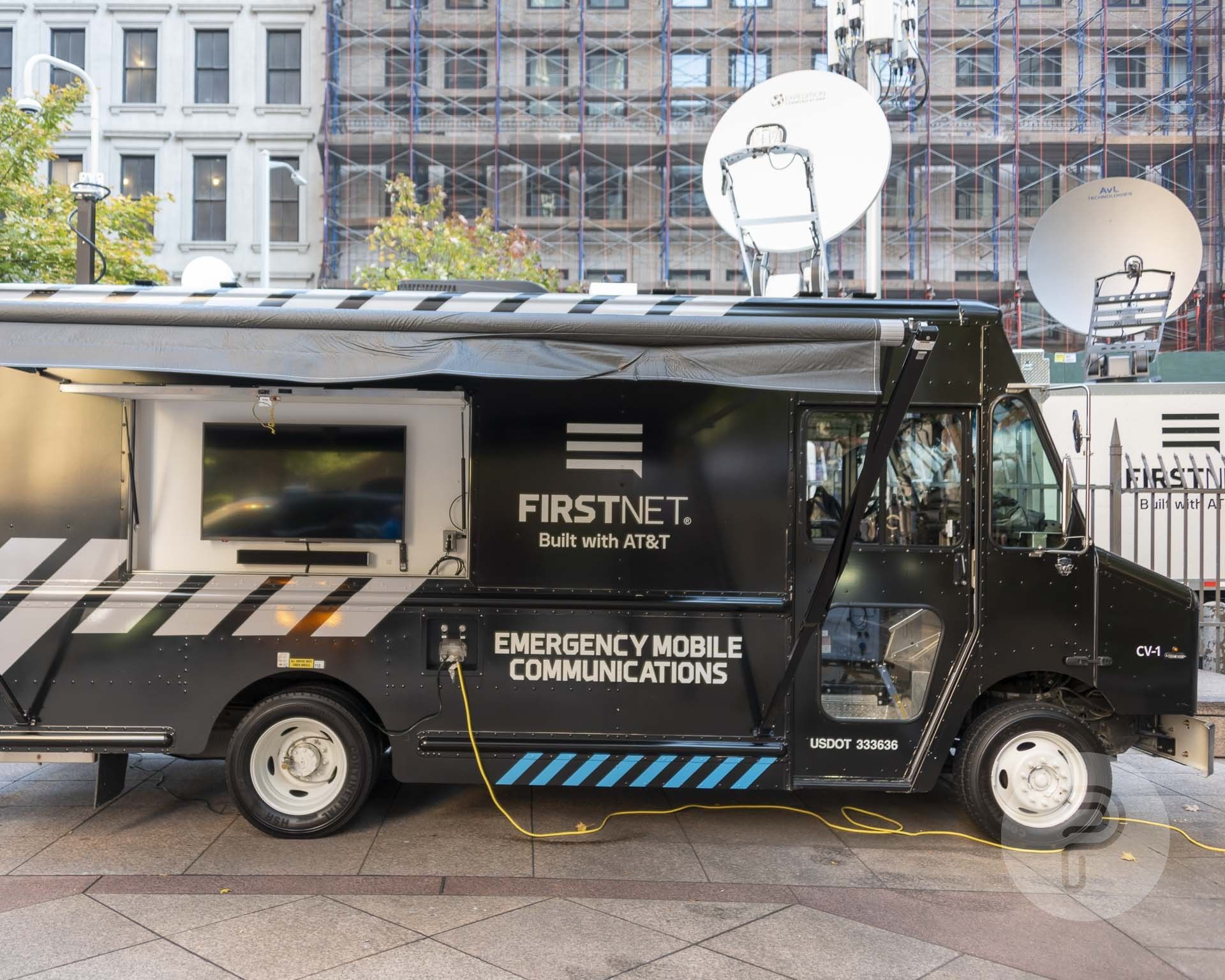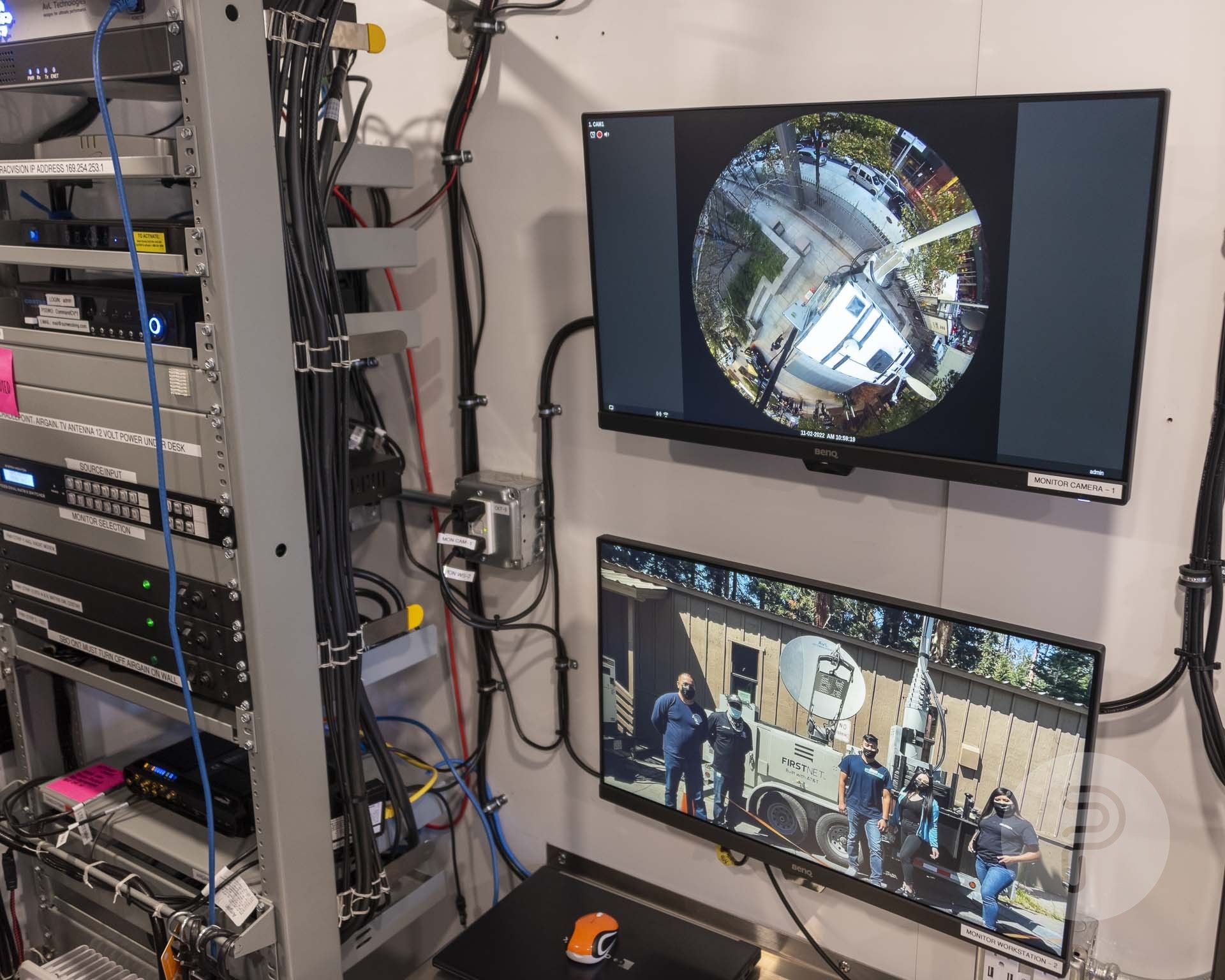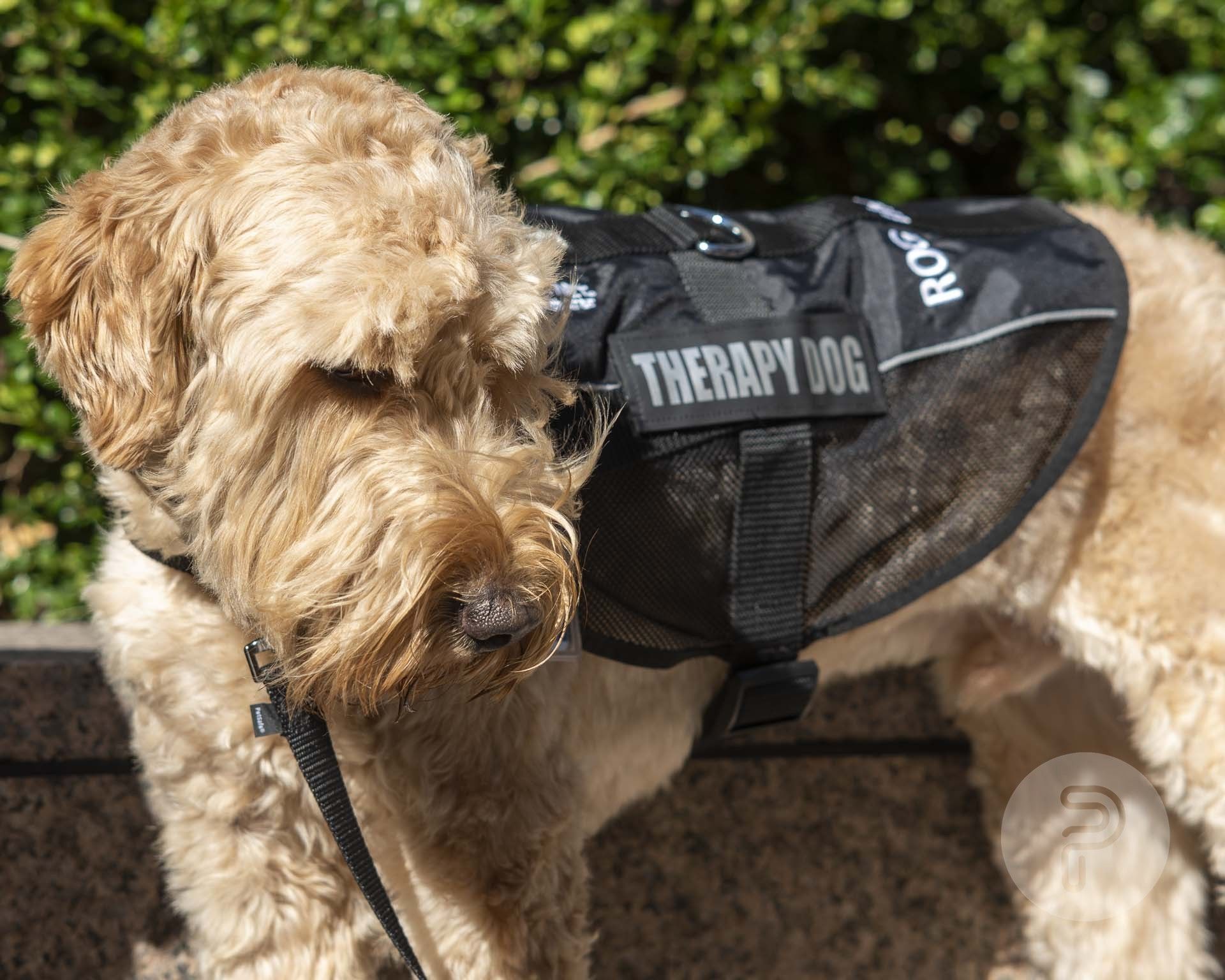Quick Links
If you're not part of any of the emergency services or first responders agencies in the U.S.A., you probably have never heard of FirstNet. We're going to change that now because FirstNet and the technology that is being used on FirstNet is going to go a long way towards saving lives during future disasters. We're talking about special phones, special robots, special satellite internet connections, cell towers on wheels, and flying cell towers that can be deployed practically anywhere in order to help first responders and medical personnel rescue those in danger. Honestly, it's something that probably should have been put together decades ago.
What is FirstNet?
FirstNet is a federal government agency that maintains a special network meant to be used by first responders and medical personnel during an emergency. AT&T is the contractor that has been developing and deploying equipment for the FirstNet network since 2017. The wireless cellular FirstNet network was given a special band (band 14) on the electromagnetic spectrum in the U.S.A. such that the network is completely separate from consumer cellular networks. That means that it's much more likely to stay functional during emergencies since there aren't millions of other regular people using it. You've probably been to a sporting event or concert with a lot of people who are trying to use the internet on their smartphones, and that causes it to become very slow and unreliable. We don't want that to happen for emergency personnel. They need to be able to communicate reliably in order to save lives.
FirstNet cell towers are often installed alongside regular consumer towers, but there are also 2000 other dedicated FirstNet towers throughout the country. Most are using LTE technology on Band 14, but there is one 5G core in use with more to come later, but the main goal isn't so much speed as the quality and reliability.
Robot Dog
Ok, really this is an "advanced quadrupedal ground vehicle" and it's basically the jack-of-all-trades when it comes to rescue robotics. This is the "Vision 60" made by Ghost Robotics in Philadelphia. It can be used for all sorts of search and rescue operations, law enforcement activities, surveillance, fire rescues, etc. and it's also very easy to repair in the field as the legs can be replaced with just some allen wrenches.
On the back of the Vision 60 there are all sorts of hardware mounting rails and data/power ports to connect pretty much whatever you want in addition to antennae for connecting to the FirstNet network. It could have an extra robotic arm mounted here for picking things up, opening doors, or whatever. You can mount high resolution RGB cameras or infrared/thermal cameras. You can even mount a flying drone to the back so that the robot dog can walk into a small tunnel and then launch the flying drone for a better point of view inside.
Here's a look at the controller for the Vision 60 robot dog, which appears to be a consumer tablet fitted with special hardware controls.
Throw-able Robot
This small cylindrical robot from Company 6 is called the ReadySight. The ReadySight throw-able robot is about the size of a water bottle you might bring to the gym. The two ends are the wheels while the middle section has an RGB camera, LED light, infrared light, time-of-flight distance sensor, motion sensor, microphone, and speaker. There's also a little tail in the back of mid-section that keeps the camera piece facing forward instead of spinning around with the wheels.
Of course the ReadySight can be controlled by a smartphone or a laptop connected to the FirstNet network. It doesn't really have autonomous functions, but you can program it to do a certain series of things from the remote software. This is great for if the network is not fast enough for real-time interaction, and you need to take things slow.
The ReadySight is also pretty rugged, so you could throw it through a window and then start driving it around it to scope out the situation. (I wondered if you could put it into a 3-man water balloon slingshot to launch it really far!) Having a microphone and speaker built in also makes communicating with survivors, victims, or even the bad guys very easy since the operator could simply start talking to the people they find while driving around.
By the way, the ReadySight is only $100 and there's a $9/mo dormant mode (pay per amount of data used when needed) or a $149/month unlimited data plan that also includes device replacement if damaged. That makes this an extremely affordable emergency services tool!
Flying Robot Cell Tower
It's great that AT&T is building out infrastructure for the FirstNet wireless network and all, but what if something happens in an area where there aren't any cell towers or the existing cell towers were destroyed? Well, how about a flying cell tower? This quad copter is called a Flying COW (Cell on Wings) and can float above an area at about 400 feet indefinitely (though usually they'll take it down every 48 hours or so to check the motors and see if anything needs replacing.)
The Flying COW also has a parachute and loudspeaker in addition to the FirstNet cellular broadcasting antenna. It needs to be tethered to a trailer on the ground for power and fiber or satellite dish internet connections. That's how it's able to stay in the air so long; there's a wire going down to a trailer on the ground. Still, with the 400-foot altitude, you can get a good range of cellular connectivity coverage during an emergency.
FirstNet Phones and Extenders
Of course there's a lot of smaller FirstNet tech equipment that's easier to carry for emergency personnel.
These two cases are basically FirstNet cell routers with WiFI access points and big batteries. The orange one is capable of amplifying the signal. So, for example, if you're on the fringe of cellular coverage and maybe only have one bar, this device can make that connection much more reliable.
You'll also notice just on the right edge of that picture some cellular extension hardware. We reviewed the Cel-Fi GO X Reception Extender a couple of years ago, and the way those work is that you install and point one antenna towards the nearest cell tower in an area where you have some coverage, and then the wire will bring that coverage indoors in order to extend the signal to a new area.
Here we've got some special FirstNet phones. The one with no screen is extremely simple and basically is only used for the push-to-talk feature. The two on the right have phone dialing capabilities too as well as dials on top that act like a normal radio, but instead of using unsecured radio frequencies, they use the FirstNet cellular network which goes to a hardware bridge that connects to the same radio network. This has the advantage of being usable even when outside the range of the normal radio.
Here's a case full of emergency use FirstNet Android phones. They're all plugged into the middle battery compartment so that whenever you need to distribute these, they'll be ready to go.
Here's a closer look at one of the phones in that emergency communications case. It's a Sonim XP8 with military grade rugged chassis, FirstNet's push to talk capabilities, and an actually removable battery. Yeah, that's right! I haven't seen a smartphone with a removable battery in years, but it's just such an obviously necessary capability especially for emergency use. Popping in a spare battery is so much faster than even the fastest charging smartphones these days.
Here's a closer look at the Sonin XP5Plus FirstNet communicator. It's a much more simple easy-to-use interface compared to modern touch-screen smartphones since all of the functions use tactile buttons that don't require the attention of your eyes. You can use this just by feeling for the buttons or dials while keeping your eyes on whatever emergency action might be going on in front of you. It's a much smarter design for mobile communications than the touch screen slabs that consumers are used to these days.
I feel like it would be really smart to add mesh network capabilities to devices like this. On Android, you can do something similar with Briar (See: How to keep communicating when your internet is disrupted) where each device may only need to connect to another nearby device in order to communicate as opposed to having to connect directly to a centralized cell tower. That could significantly extend the range and stability of the communications network when you encounter areas not covered by CRDs or Flying COWs.
Cell Tower Carts
Really these are called "Compact Rapid Deployable" CRDs. These are refrigerator-sized appliances that can be deployed by one person in a matter of minutes. On top is a satellite dish to connect to the internet and another pole that extends up to provide a cellular connection site for FirstNet users. This also has ports on the side for Ethernet in/out. So if a building loses internet, you can plug this in to the router to give it all satellite connection, or if a nearby building has internet, you can plug this in and make that wired internet into a cell tower for wireless people outside.
These don't have as much range as the Flying COW, but they also don't require as much equipment or set-up, nor do they require a pilot because they're just going sit on the ground somewhere. Though placing them on a hill would be an easy way to get better range.
Cellular Trucks
Of course, we can put some satellite dishes and cellular antennas on some trucks, too.
Above is a FirstNet command center truck. It also has a satellite dish and cellular broadcast antenna on top, but there's also a canopy outside with a TV screen where first responders can view data and organize accordingly.
There's also room inside for two people to work at a desk with their computers and 4 monitors for processing incoming information from a variety of sources. The truck has capabilities for over the air television as well as DirectTV in addition to the FirstNet internet connections.
There's a bed, bathroom, refrigerator, and microwave in here as well in case the operator is going to have to stick around for a while.
Security
Another important aspect of the FirstNet network is security. If you want to destabilize a country, disabling their emergency response systems is a pretty good start. We don't want that to happen, so instead of the normal unencrypted traffic piping between cell towers and core stations of the internet, FirstNet has a dedicated core with S1U encryption. Plus, while AT&T has been building the network, the First Responder Network Authority government agency is able to audit the deployed hardware and software in order to verify security.
There's also an eligibility process to ensure that only authorized people can use the FirstNet network. For example, there's a database of first responders that are allowed to sign up for the special FirstNet SIM card. So, a volunteer could sign up on their own, or an agency could sign up all employees for FirstNet cellular accounts.
Mental Health
Another thing that's important to FirstNet, but not really technology related is the support for mental health and suicide prevention.
First responders are often very likely to consider suicide given the stress of their jobs, so they've got therapy dogs hanging out sometimes that are trained to recognize people who might be stressing out, and will go over to cuddle them a bit and try to cheer them up. Frankie (above) is a labra-doodle too, so he'll be less likely to bother people with dog allergies.
Conclusion
The idea that emergency services and disaster relief people should have their own special communications network separate from normal consumers makes a lot of sense. Apparently this idea has been getting pushed by the public safety community since the September 11 disaster in 2001. I was a graphic designer and photographer for the American Red Cross of Greater New York during that time, and while I did carry an OmniSky CDPD internet connected Pocket PC around on the motorcycle, it was fine if I took the digital photos home to email them later, but I can certainly see how actual emergency personnel would have been frustrated by the cellular communications outages and reliability issues of that time. FirstNet is sure to be extremely useful in saving lives during the disasters of the future.

